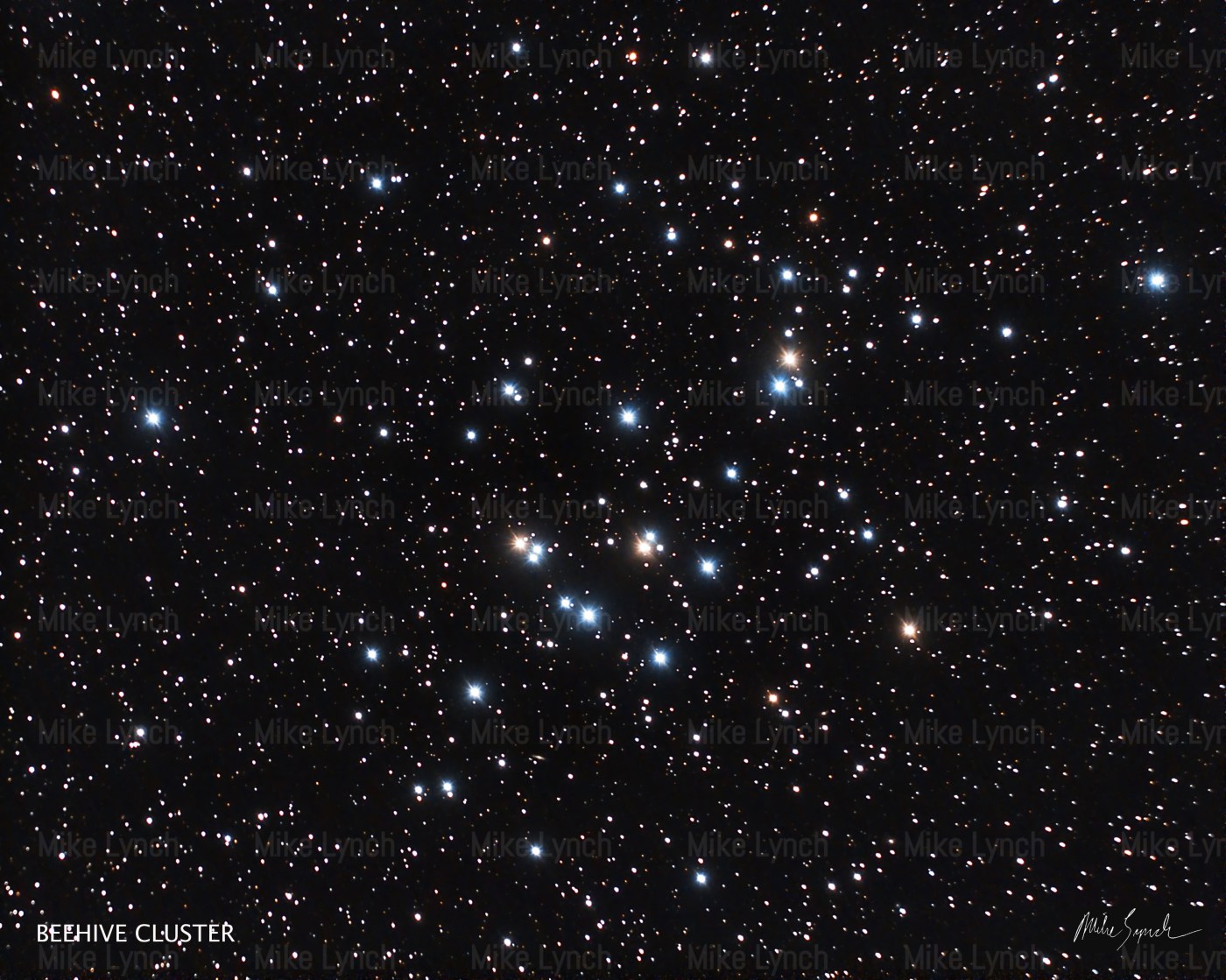
Skywatch: Celestial signs of spring
All around us there are signs of spring. Already, daylight saving time has kicked back in. If you’re a frequent reader of Skywatch, you know I’m not a big fan of it because it means I have to wait until later in the evening to start my star-watching because of the later sunsets.
The official start of spring, otherwise known as the Vernal Equinox, takes place this Tuesday, March 19, at 10:07 p.m. That’s when the sun starts rising and setting above an imaginary line in the sky called the celestial equator, a projection in Earth’s terrestrial equator. From now until June 20, the sun will arc higher and higher in the sky.
(Mike Lynch)
One fallacy about the Vernal Equinox is that that’s the day that we have equal amounts of daylight and darkness, 12 hours and 12 hours. That’s not true because of something called astronomical refraction. The shell of the atmosphere surrounding our Earth bends the light coming from the sun or any other celestial object. The maximum effect of the bending of light is along the horizon, where the atmosphere is the thickest from the observer’s perspective. When the sun appears right at the horizon, it’s below it. So when the sun is setting, it has actually been below the horizon for about five minutes. Conversely, in the morning, the sun may appear just above the horizon when it’s still below the horizon. I know that sounds crazy, but that’s what happens! If you check the sunrise and sunset times for this Tuesday, you’ll discover that the days are well over 10 minutes longer than the nights on that day.
So when do the days become equal to nights this time of year? The answer is this weekend when we’re celebrating St. Patrick’s Day. Yet another reason to celebrate one of the greatest feast days in the year, in my book.
In the night sky, this time of year, one of my favorite signs is the appearance of the bright star Arcturus. It’s the second-brightest nighttime star, and when you start to see it rising in the northeast by around 9:30 to 10 p.m., spring is right around the corner. Arcturus is also the brightest star in the constellation Bootes the Herdsman, which looks much more like a kite rising its side in the east than a shepherd.
Beehive cluster (Mike Lynch)
Another celestial sign of spring is the Beehive star cluster, located in the faint constellation Cancer the Crab. Don’t bother trying to find this constellation, though. It’s one the faintest of over 65 constellations available in Minnesota and western Wisconsin annually. The Beehive cluster is actually brighter than most of the stars in the constellation. Instead, look in the high southeastern sky about halfway between the brighter constellations Leo the Lion and Gemini the Twins.
If it’s dark enough where you are, the Beehive cluster, known astronomically as Messier object or M-44, looks like a faint patchy cloud. When ancient Greek astronomers like Hipparchus observed it around 130 B.C., he registered it in his star catalog as a “cloudy star.” The Romans saw it as a manger and called it Praesepe, Latin for manger.
In the early 1600s when Galileo poked his telescope toward the Praesepe and saw it as a cluster of stars it eventually became known as the Beehive cluster. You can easily see how it got that moniker with your not-so-crude telescope or even a decent pair of binoculars.
Astronomically, the Beehive is considered an open star cluster, a group of young stars that emerged out of the same hydrogen gas nebula. Astronomers believe the stars in this cluster to be about 600 million years old, and while that’s considered a young age for a star, it is rather old for a cluster of young stars. Many of these same kinds of clusters are gravitationally broken up before the time the stars are that old, but the Beehive is hanging in there. That “teenage mob” of at least 200 stars is over 3400 trillion miles away and over 130 trillion miles wide.
Mike Lynch is an amateur astronomer and retired broadcast meteorologist for WCCO Radio in Minneapolis/St. Paul. He is the author of “Stars: a Month by Month Tour of the Constellations,” published by Adventure Publications and available at bookstores and adventurepublications.net. Mike is available for private star parties. You can contact him at mikewlynch@comcast.net.
Starwatch programs
Tuesday, March 19, 7:30-9:30 p.m. at Afton Elementary School, in Afton, through Stillwater Community Education. For more information and reservations, call 651-351-8300 or visit stillwaterschools.org/community-education.
Saturday, March 23, 7:45-9:45 p.m. through the City of Ramsey Parks and Recreation. For more information, location, and reservations call 763-443-9883 or visit www.ci.ramsey.mn.us/269/Parks-and-Recreation.
Related Articles
Skywatch: The winter hounds
Skywatch: Winter constellations are marching out
Skywatch: Orion carries so many stories
Skywatch: The king of constellations
Skywatch: Make it a heavenly valentine


